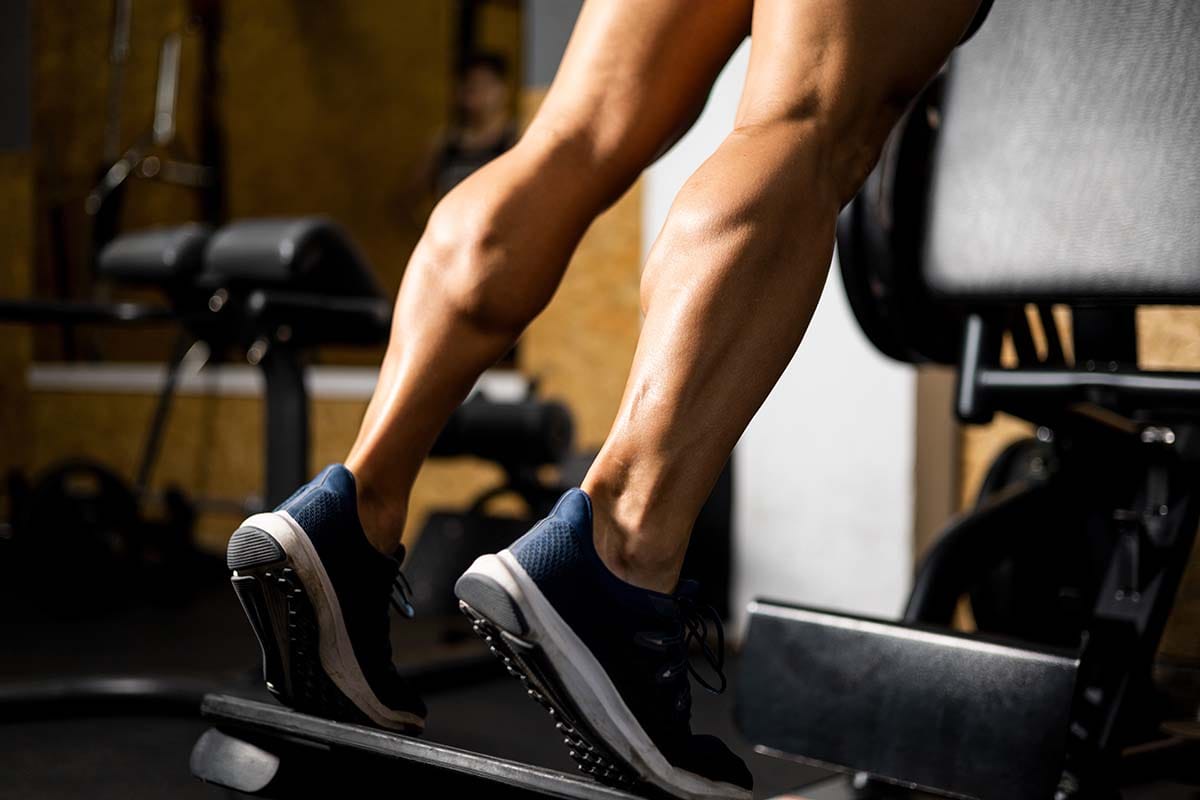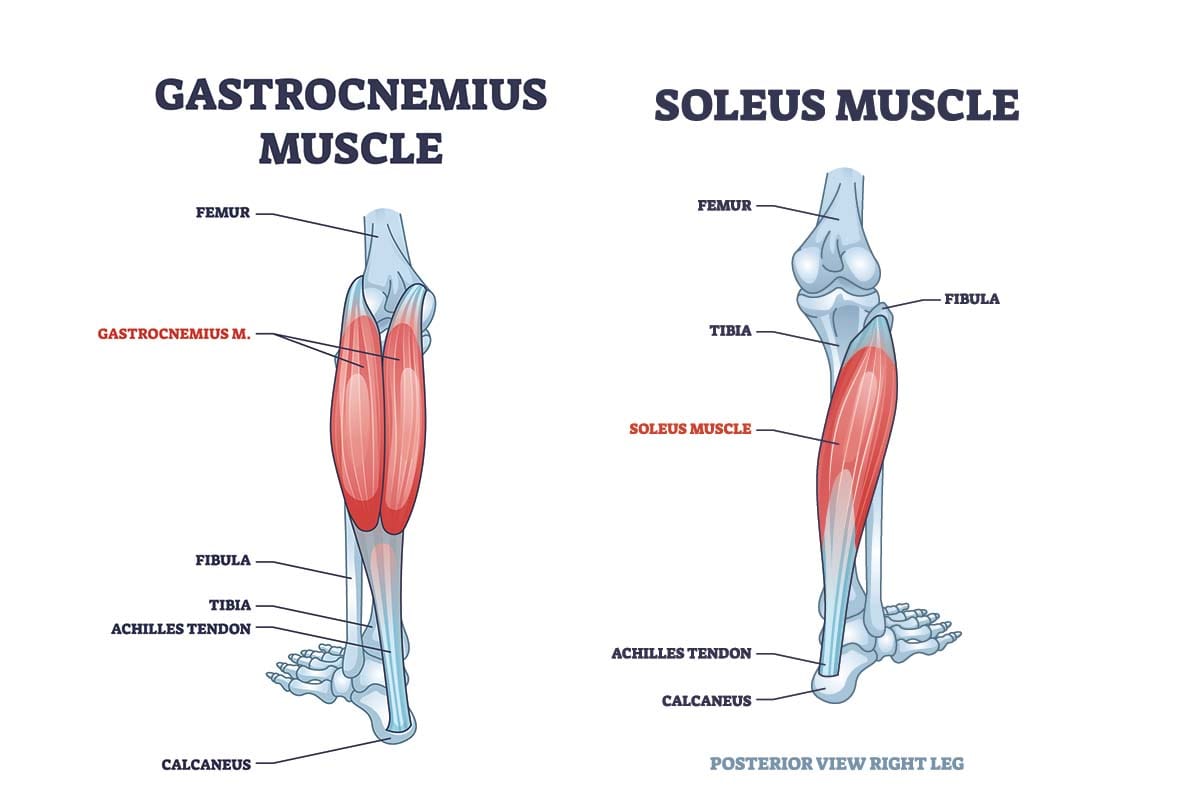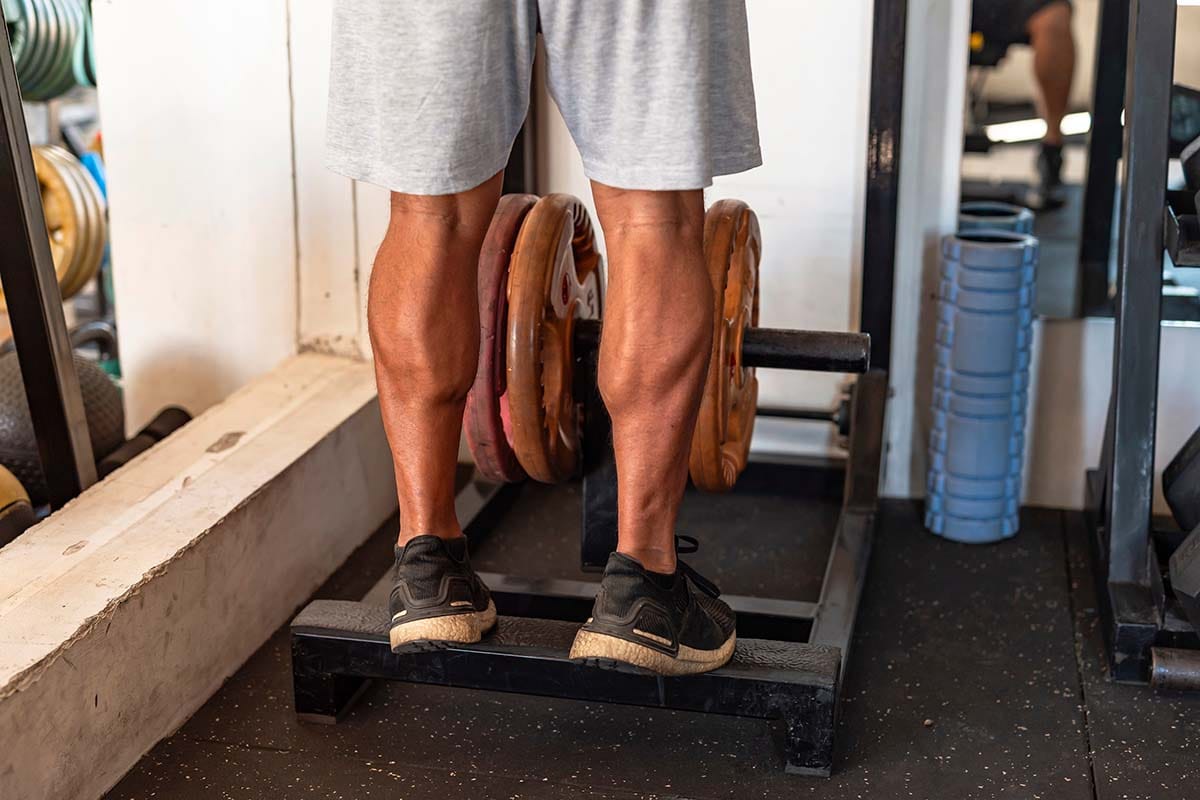Do Squats Work Calves? Let's Break It Down
What muscles do squats engage? Do squats work calves? Read this article to get the answer to this question and learn to ...
Hey there! If you're into fitness, you've probably heard a lot about squats. They're known as a staple of lower body exercises because they are so great at building strength and endurance. But there's a question that pops up quite often: do squats work calves?
Let's take a deeper look into this topic and see if squats really give your calves a workout. While we’re at it, we'll also look at some other exercises that can help you get those calf muscles in shape.
Understanding Squats
First off, let's talk about what squats actually do. There are different types of squats, like bodyweight squats, pendulum squats, front squats, and back squats. No matter which type you do, squats mainly target your quadriceps, hamstrings, and glutes. But what about the calves?
Types of Squats
- Bodyweight Squats: These are great for beginners and don't require any equipment. You simply use your own body weight as resistance.
- Pendulum Squats: These are done with the assistance of machines. This squat variant has a swinging arm attachment that operates around a fixed pivot point to create resistance against your back.
- Front Squats: A barbell is placed in front of your shoulders, putting more emphasis on your quads. This variation also requires a lot of core strength to maintain balance.
- Back Squats: A barbell rests on your upper back, engaging your glutes and hamstrings more. This is the most common type of weighted squat.
Why Squats Are Popular
Squats are popular because they're a compound exercise, which means they work multiple muscle groups at once. This makes them super efficient for building overall lower body strength. Plus, they can be done anywhere, with or without equipment, making them very versatile and accessible to almost everyone.

Anatomy of the Calves
Now, let's get to know your calf muscles a bit better. Your calves are made up of two main muscles: the gastrocnemius and the soleus.
The gastrocnemius is the bigger, more noticeable muscle, while the soleus is underneath it. These muscles help you point your toes down and play a crucial role in the complex mechanics of walking, running, and jumping.

Function of Calf Muscles
- Gastrocnemius: This muscle works during fast, explosive movements like sprinting and jumping. It's the muscle you see bulging when someone flexes their calf.
- Soleus: This one is more about endurance activities like walking and standing. It's a bit deeper and not as visible but equally important. Additionally, soleus exercises are one of the best ways to build stronger legs.
Why Calf Muscles Matter
Strong calf muscles are essential for everyday activities and athletic performance. They help you push off the ground when you walk or run and provide stability when you stand. Weak calves can lead to issues like poor balance and increased risk of injury.

Do Squats Work Calves: Muscle Engagement
When you do squats, the main focus is on your quads, hamstrings, and glutes. But your calves also get involved as stabilizer muscles, helping you keep your balance.
While squats might not target your calves directly, they still play a role in your overall lower body strength. For instance, a study in the Journal of Strength and Conditioning Research found that calf raises resulted in significantly higher muscle activation in the calves compared to squats
Another study pointed out that the gastrocnemius muscle gets activated during the upward phase of the squat, adding to the stability and power of the exercise.
How Squats Engage Calves
During a squat, your calves work to stabilize your ankles and help you maintain balance. This is especially true when you go deeper into the squat. The deeper you go, the more your calves have to work to keep you steady. However, this engagement is more about stability than muscle growth.

Benefits of Squats for Calves
So, do squats work calves? Well, they help strengthen the stabilizer muscles, which can improve your overall lower body strength and endurance. This can boost your athletic performance and lower your risk of injury. Plus, squats can help with balance and coordination, which are super important for all sorts of physical activities.
Enhancing Athletic Performance
Strong calves are key for activities that need explosive power, like sprinting and jumping. While squats might not isolate your calves, they contribute to the overall strength and functionality of your lower body, which is great for athletic performance.
Everyday Benefits
Even if you're not an athlete, having strong calves can make everyday activities easier. Walking up stairs, carrying groceries, and even standing for long periods can be less tiring when your calves are strong.
Complementary Exercises
If you really want to target your calves, you'll need to add some specific exercises to your routine. Calf raises, both standing and seated, are awesome for isolating and strengthening your calf muscles. Other exercises like jump rope, box jumps, and hill sprints can also give your calves a great workout.
Effective Calf Exercises
- Standing Calf Raises: You can do these with or without weights to target the gastrocnemius. Stand on a step or a raised surface, let your heels hang off the edge, and then lift your heels as high as you can.
- Seated Calf Raises: These focus more on the soleus muscle. Sit on a bench with weights on your knees and lift your heels.
- Jump Rope: A high-intensity workout for your calves. It's also great for cardio and coordination.
- Box Jumps: Great for building explosive power and calf strength. Jump onto a sturdy box or platform and then step back down.
- Hill Sprints: Fantastic for endurance and calf muscle activation. Running uphill forces your calves to work harder.
How to Incorporate These Exercises
To get the most out of these exercises, try adding them to your routine a couple of times a week. You can do them on the same day as your leg workouts or on separate days to give your muscles time to recover.
Practical Tips
To get the most out of your squats and avoid injury, it's crucial to maintain proper form. Keep your feet shoulder-width apart, engage your core, and lower your body until your thighs are parallel to the ground. If you're new to squats, start with bodyweight squats and gradually add weights as you get stronger.
Proper Squat Form
- Feet Position: Keep them shoulder-width apart.
- Core Engagement: Tighten your core to stay stable.
- Depth: Lower your body until your thighs are parallel to the ground.
- Knee Alignment: Make sure your knees track over your toes.
- Back Position: Keep your back straight and chest up.
Common Mistakes to Avoid
- Letting Your Knees Cave In: This can put a lot of stress on your knees. Focus on pushing your knees out as you squat.
- Rounding Your Back: Keep your back straight to avoid injury. Engage your core and keep your chest up.
- Not Going Deep Enough: To get the full benefits of squats, make sure you go deep enough. Your thighs should be parallel to the ground or lower.

Conclusion
Now we can finally answer: do squats work calves? Yes, but they're not the best exercise for targeting these muscles directly, especially if you have bad calf genetics. Squats offer tons of benefits for your overall lower body strength, endurance, and athletic performance.
To get well-rounded muscle development, make sure to include a variety of exercises in your routine, especially those that focus on your calves. This way, you can optimize your workouts and reach your fitness goals.
Speaking of reaching fitness goals. Are you ready to conquer the body of a Greek god? We’ve made it simple to work on customized fitness plans or to introduce a little friendly competition to your fitness community by sharing exercises with your friends. Get started for free through the Flex fitness app.
Related articles


Get fit with Flex
Build muscle & lose weight fast for free.
Available on iPhone + Apple Watch





